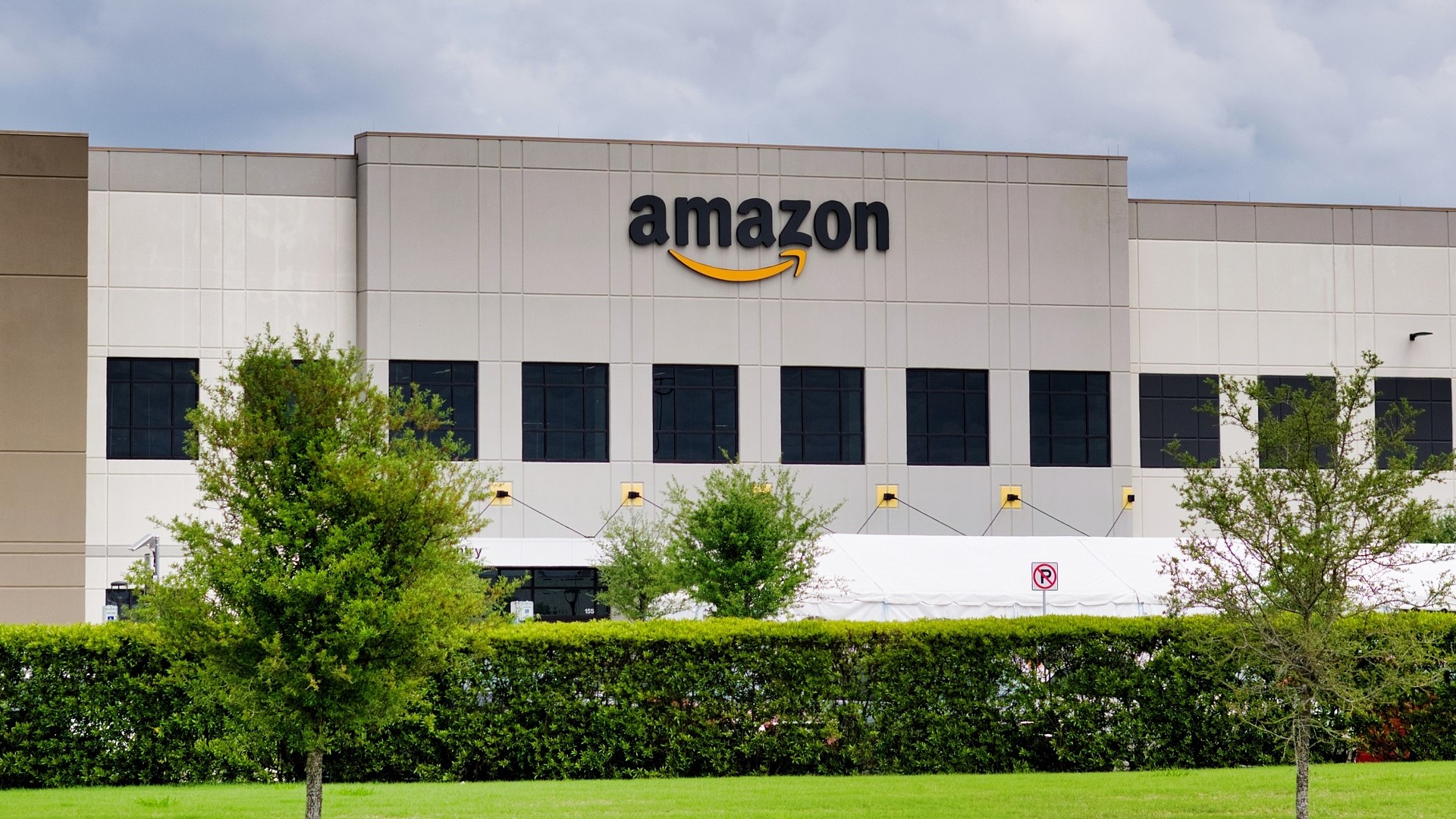Is Shopping on Amazon Really Cheaper?

Brett_Hondow / iStock.com
Commitment to Our Readers
GOBankingRates’ editorial team is committed to bringing you unbiased reviews and information. We use data-driven methodologies to evaluate financial products and services – our reviews and ratings are not influenced by advertisers. You can read more about our editorial guidelines and our products and services review methodology.

20 Years
Helping You Live Richer


Trusted by
Millions of Readers
Here’s the truth: That Prime membership on your credit card statement might not be the money-saver you think it is. But then again, it might be. GOBankingRates did a deep dive to figure out if shopping on Amazon is really cheaper.
Here’s the real story on Amazon’s pricing — and where your wallet takes the biggest hit.
Breaking Down Prime’s Real Cost
At $139 yearly (or $14.99 monthly), Prime membership eats into any potential savings before you’ve clicked “buy now.” You’ll need at least 14 orders annually just to break even on shipping costs — and that’s assuming you’d pay for shipping elsewhere.
Where Amazon Actually Saves You Money
Electronics and tech accessories tend to be Amazon’s sweet spot, with prices regularly beating brick-and-mortar stores by 20-30% — assuming you can dodge the counterfeits lurking in the third-party marketplace.
Paper products, cleaning supplies and personal care items are typically cheaper through Amazon’s Subscribe & Save program — if you’re organized enough to predict your needs. The savings can hit 15% with five or more subscriptions, but mess up your timing and you’ll drown in paper towels.
Parents buying diapers and wipes can save about $15-20 monthly through Subscribe & Save — enough for a few lattes to survive those sleepless nights. Just watch out for better in-store sales at Target on baby clothes and gear.
Where Your Local Stores Still Win
Your neighborhood grocery store still beats Amazon’s prices by 10-15% on weekly deals, especially on fresh food. Even with Prime discounts, Amazon’s grocery prices rarely match what you’ll find in the sale aisle at your local market.
Home improvement stores like Home Depot and Lowe’s typically match or beat Amazon’s prices — plus you won’t throw your back out returning a defective power tool through the mail.
The Hidden Costs Adding Up
Several sneaky expenses can eat into your supposed Amazon savings:
- Those “free” returns sometimes aren’t so free
- Base prices often creep higher to cover shipping costs
- Late-night one-click ordering leads to impulse buys
- The urge to add items to hit free shipping thresholds
Smart Shopping Strategies
Price comparison tools like CamelCamelCamel have become essential for serious Amazon shoppers — they’ll tell you if that “deal” is really as good as it seems. Consider splitting Prime with family members (Amazon allows up to six) to cut the membership cost.
The Bottom Line
Amazon isn’t automatically cheaper — it depends entirely on what and how often you shop. Heavy Prime users who maximize multiple services might see real savings, but occasional shoppers could be throwing money away on that membership fee. Track your actual spending for a few months before convincing yourself Prime is worth it.
Related
Exclusive | Dave Portnoy is quietly shopping a book
Barstool Sports founder Dave Portnoy is shopping a book, Page Six has exclusively learned. Portnoy’s agency UTA is repping the tome, sources te
We Track Sales For A Living. Here Are The 30…
As shopping experts, we shop slowly and carefully to discern if a sale offers the most bang for our buck. From everyday essentials to larger splurges, knowing w
Can you afford to be patriotic when grocery shopping?
CBCPenguins bask on the shore of King George Island near Brazil's Comandante Ferraz research station in Antarctica.Antarctica is like no place on Earth. The "W
Our Readers Top Loved Products Last Month Were All Sleep…
1TOP-TESTED COTTON SHEETSCalifornia Design Den Cotton SheetsNow 23% OffCredit: California Design DenWhy we love it: If you have been reading our What's In My Ca











